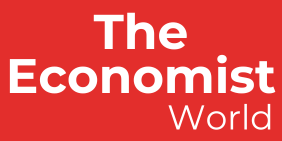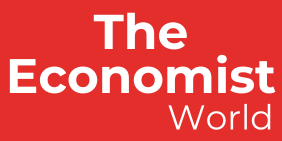A bloodbath was observed at the Pakistan Stock Exchange (PSX), as the benchmark KSE-100 Index lost over 8,000 points during intra-day trading on Monday
The benchmark KSE-100 Index continued to plunge lower once trading resumed after the market halt.
At 1:15pm, the KSE-100 Index was hovering at 110,606.40, a decrease of 8,185.26 points or 6.89%.
This marks the largest intraday decline in terms of points, noted Arif Habib Limited (AHL).
Earlier, following a 5% decline, the stock market had halted trading for 60 minutes, i.e. from 11:58am to 12:58pm.
“All TRE Certificate Holders are hereby informed that due to a 5% decrease in the KSE-30 index from the previous trading day close of the index, a Market Halt has been triggered as per PSX Regulations and all equity and equity-based markets have been suspended accordingly.
“As a result of the halt, all outstanding orders have been cancelled automatically,” the PSX said in a statement.
Across-the-board selling pressure was observed in key sectors including, cement, commercial banks, oil and gas exploration companies, OMCs, refinery and power generation. Index-heavy stocks including HUBCO, ARL, MARI, OGDC, PPL, POL, PSO, SNGPL, SSGC, HBL traded in the red.
The selling pressure comes on account of US President Donald Trump’s reciprocal tariffs and a decline in oil prices, Sana Tawfik, Head of Research at AHL, told Business Recorder.
“However, the selling is expected to be short-lived amid the upcoming result reason,” she said.
The selloff follows a strong week at the PSX, which had posted gains on the back of encouraging developments on the economic front.
The benchmark KSE-100 Index gained 984 points, or 0.84%, on a weekly basis, closing at 118,791 points compared to 117,807 points at the end of the previous week.
Global carnage
Internationally, major stock indexes plunged in Asia on Monday as White House officials showed no sign of backing away from their sweeping tariff plans, and investors wagered the mounting risk of recession could see US interest rates cut as early as May.
Futures markets moved swiftly to price in almost five quarter-point cuts in US rates this year, pulling Treasury yields down sharply and hampering the dollar.
The carnage came as Trump told reporters that investors would have to take their medicine and he would not do a deal with China until the US trade deficit was sorted out. Beijing declared the markets had spoken on their retaliation plans.
Investors had thought the loss of trillions of dollars in wealth and the likely body blow to the economy would make Trump reconsider his plans.
S&P 500 futures slid 3.1% in volatile trade, while Nasdaq futures dived 4.0%, adding to last week’s almost $6 trillion in market losses.
The pain likewise engulfed Europe, with EUROSTOXX 50 futures down 3.0%, while FTSE futures lost 2.7% and DAX futures 3.5%.
Japan’s Nikkei sank 6% to hit lows last seen in late 2023, while South Korea dropped 5%. MSCI’s broadest index of Asia-Pacific shares outside Japan fell 3.6%.
Chinese blue chips lost 4.4%, as markets waited to see if Beijing would respond with more stimulus. Taiwan’s main index, which had been shut on Thursday and Friday, tumbled nearly 10% leading policymakers to curb short selling.
The gloomier outlook for global growth kept oil prices under heavy pressure, following steep losses last week.
Brent fell $1.35 to $64.23 a barrel, while U.S. crude dived $1.395 to $60.60 per barrel.
This is an intra-day update


